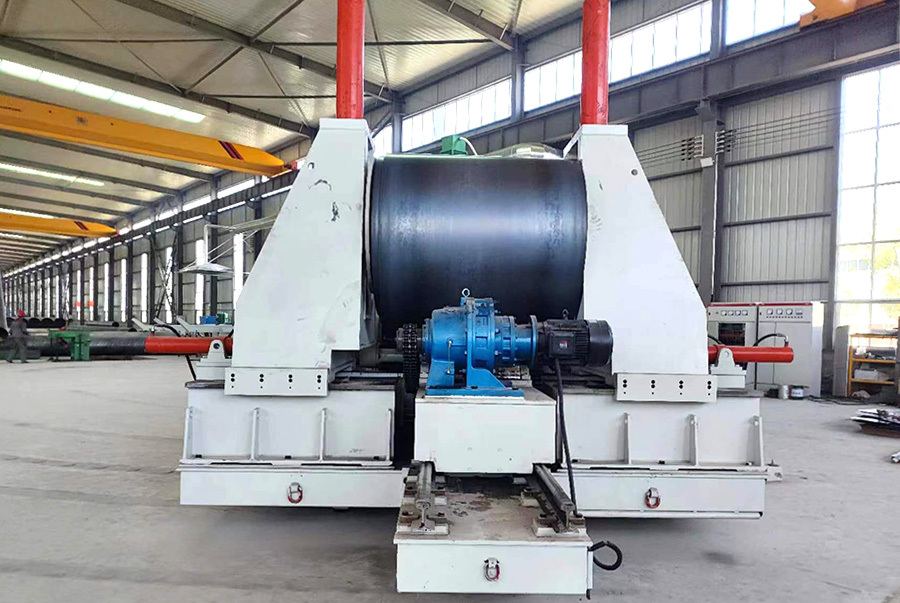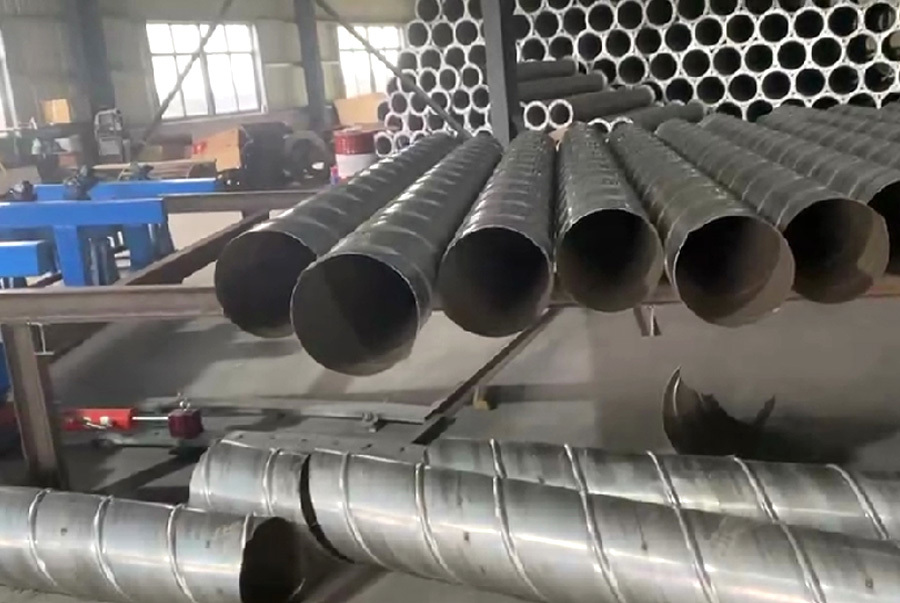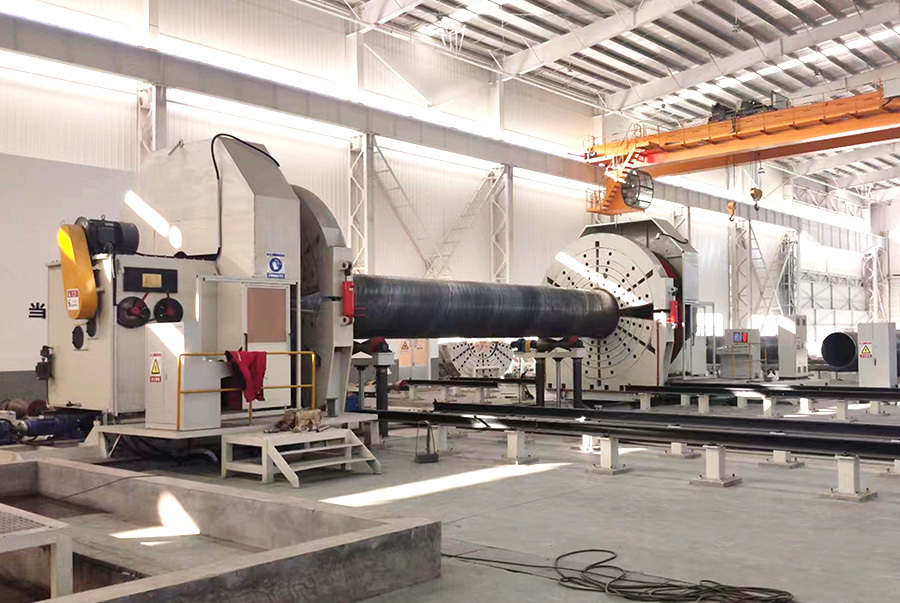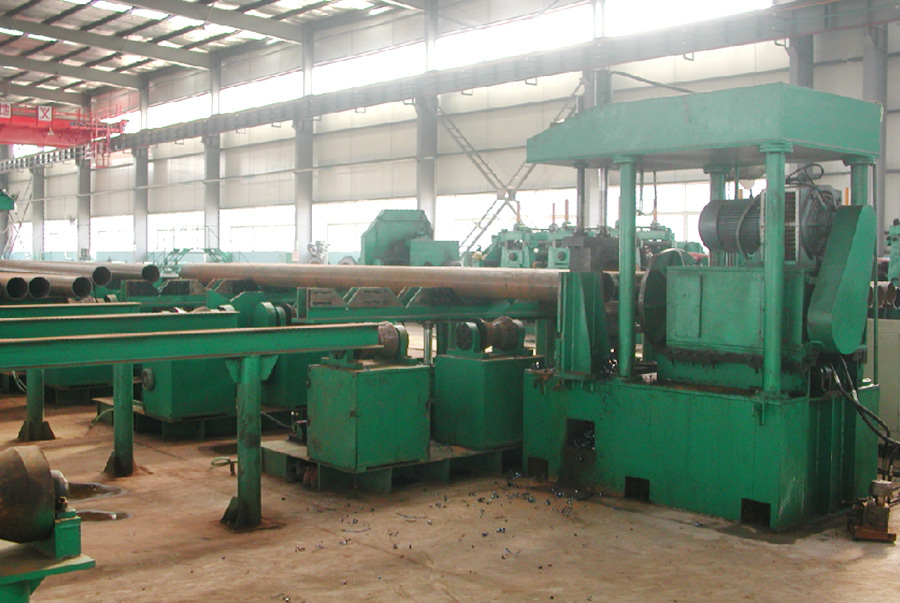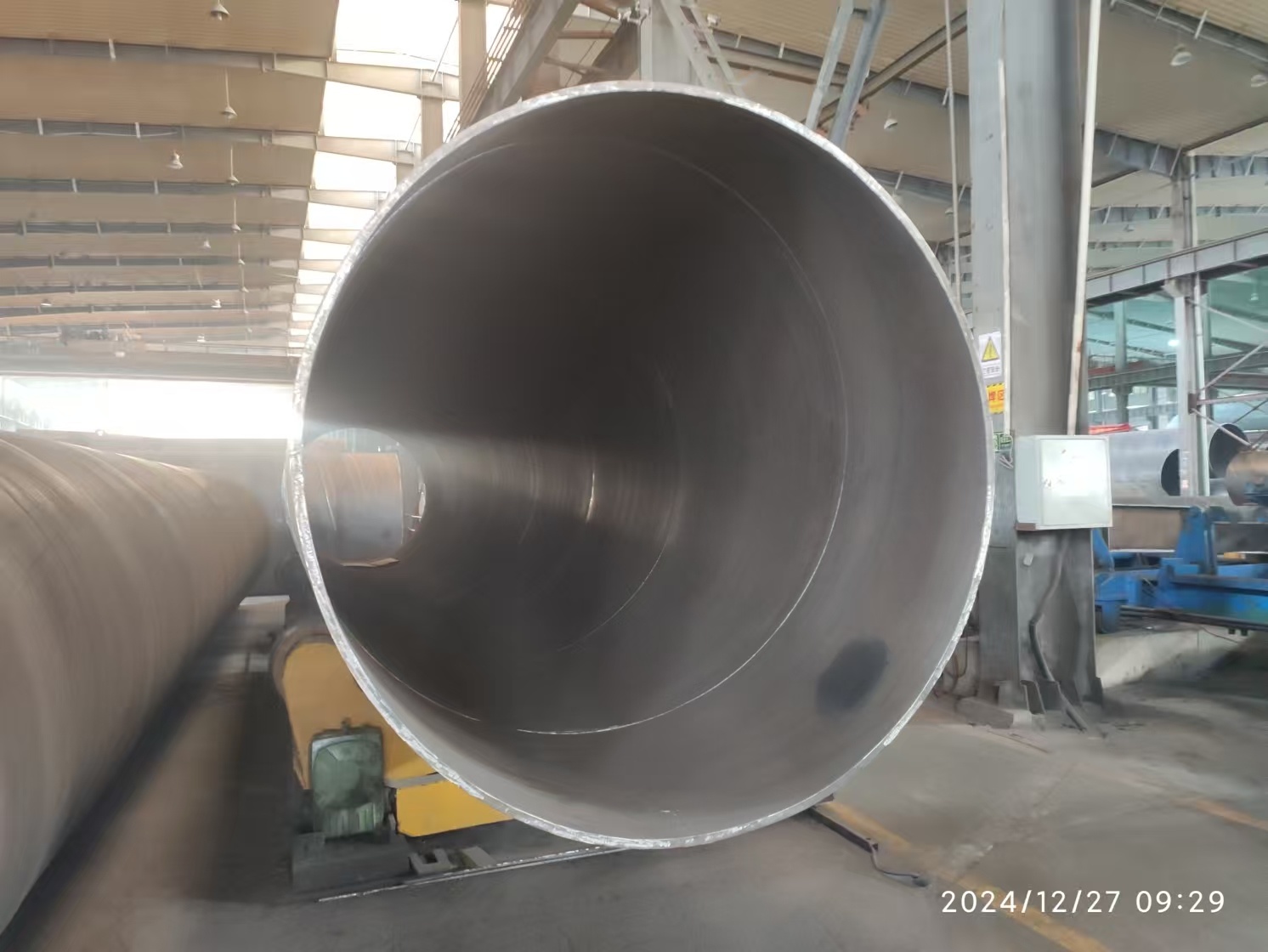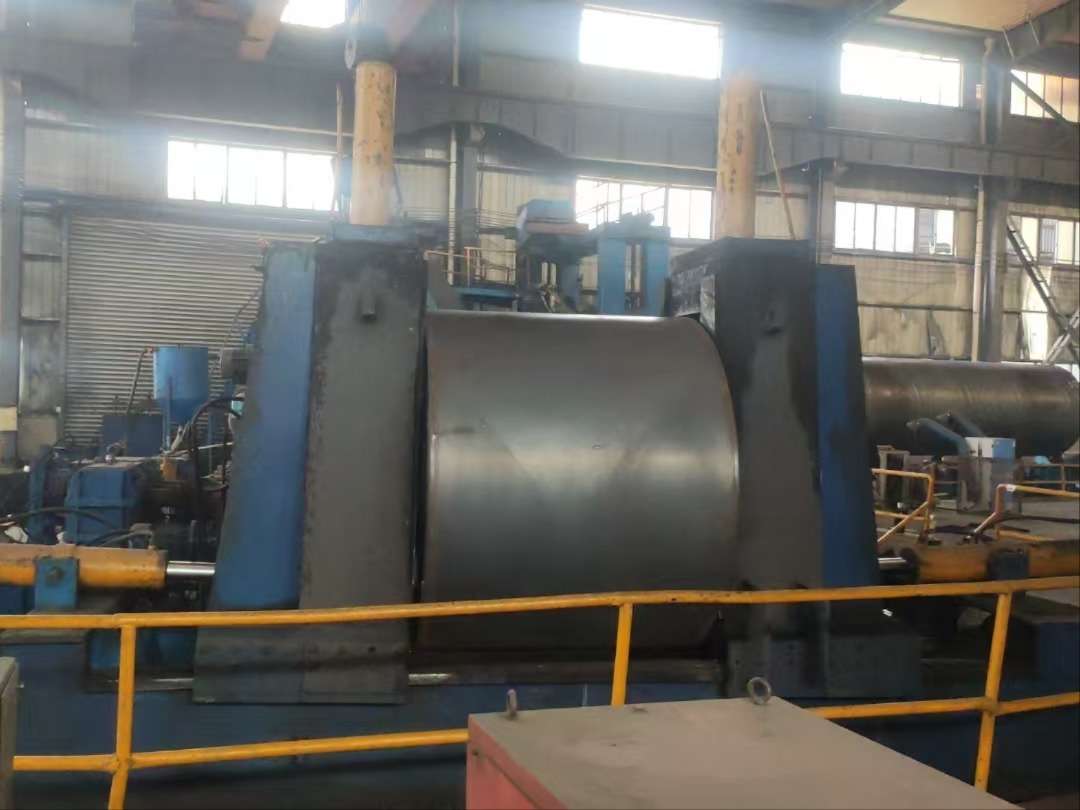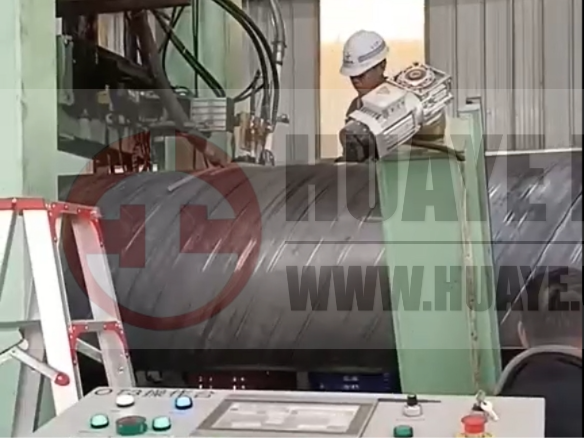Unlocking Efficiency: The Ultimate Guide to Bevelling Machines for Steel
31 Jul,2025
Unlocking Efficiency: The Ultimate Guide to Bevelling Machines for Steel
Table of Contents
1. Introduction to Bevelling Machines
2. What is Bevelling?
3. Types of Bevelling Machines
3.1 Manual Bevelling Machines
3.2 Electric Bevelling Machines
3.3 Plasma Bevelling Machines
4. Benefits of Using Bevelling Machines
5. Choosing
Unlocking Efficiency: The Ultimate Guide to Bevelling Machines for Steel
Table of Contents
- 1. Introduction to Bevelling Machines
- 2. What is Bevelling?
- 3. Types of Bevelling Machines
- 4. Benefits of Using Bevelling Machines
- 5. Choosing the Right Bevelling Machine
- 6. Operating a Bevelling Machine Safely and Effectively
- 7. Maintenance Tips for Bevelling Machines
- 8. Applications of Bevelling Machines in Steel Manufacturing
- 9. Conclusion
1. Introduction to Bevelling Machines
In the steel manufacturing industry, **efficiency** and **precision** are paramount. Bevelling machines play a crucial role in ensuring that steel components are prepared correctly for welding and other processes. This guide aims to explore the various aspects of bevelling machines, from their types and benefits to operational best practices and maintenance tips.
2. What is Bevelling?
Bevelling is the process of creating an angled edge on a material, typically at a 45-degree angle, although other angles may be used depending on the application. This process facilitates better weld penetration and helps in achieving stronger weld joints. Bevelling machines automate this process, ensuring consistent and high-quality results across numerous applications.
3. Types of Bevelling Machines
Understanding the different types of bevelling machines available can help businesses make informed decisions regarding their steel processing needs.
3.1 Manual Bevelling Machines
Manual bevelling machines require the operator to exert physical effort to guide the machine along the edge of the steel. While they can be less costly, their efficiency largely depends on the skill of the operator and can result in inconsistencies.
3.2 Electric Bevelling Machines
Electric bevelling machines provide a significant upgrade in terms of efficiency and output. They are powered by electricity and can deliver precise bevels quickly and consistently. These machines are ideal for high-volume production environments.
3.3 Plasma Bevelling Machines
Plasma bevelling machines use plasma cutting technology to create bevels. They are highly versatile and can handle complex shapes and profiles. These machines are particularly useful when working with thick materials that require intricate bevelling.
4. Benefits of Using Bevelling Machines
Incorporating bevelling machines into your steel processing operations can yield numerous advantages:
- **Increased Efficiency**: Bevelling machines significantly speed up the beveling process, allowing for faster turnaround times in production.
- **Enhanced Precision**: Automated bevelling ensures consistent angles and edges, improving the quality of the finished product.
- **Reduced Labor Costs**: With machines handling the bevelling, businesses can reduce the need for manual labor, thus saving on labor costs in the long run.
- **Improved Safety**: Automated machines minimize the risk of injury associated with manual bevelling techniques.
5. Choosing the Right Bevelling Machine
Selecting the appropriate bevelling machine involves considering various factors, including:
- **Material Thickness**: Thicker materials may require more robust machines, such as plasma bevelling machines.
- **Production Volume**: For high production scenarios, electric or plasma machines may be more suitable due to their efficiency.
- **Budget**: Manual machines are less expensive but may not offer the efficiency of electric or plasma options.
- **Specific Application**: Some projects may require specific bevel angles or shapes that certain machines can handle better than others.
6. Operating a Bevelling Machine Safely and Effectively
Proper operation of bevelling machines is critical to ensuring safety and maximizing efficiency.
6.1 Safety Measures
Prioritize safety by adopting the following measures:
- Always wear appropriate personal protective equipment (PPE), including gloves, goggles, and ear protection.
- Ensure the work area is clean and free from obstructions.
- Familiarize operators with the machine's manual and safety features before use.
6.2 Best Practices
To operate bevelling machines effectively, implement these best practices:
- Regularly check and maintain the machine to ensure optimal performance.
- Train operators thoroughly on machine handling and safety protocols.
- Monitor the bevels produced to ensure they meet quality standards consistently.
7. Maintenance Tips for Bevelling Machines
Continuous maintenance of bevelling machines is essential for prolonging their lifespan and maintaining efficiency. Here are some tips:
- **Regular Cleaning**: Clean the machine after each use to prevent the buildup of metal shavings and debris.
- **Lubrication**: Apply lubrication to moving parts as per the manufacturer’s recommendations to ensure smooth operation.
- **Inspection**: Conduct routine inspections to identify potential issues before they escalate into significant problems.
8. Applications of Bevelling Machines in Steel Manufacturing
Bevelling machines are widely used in various applications within the steel industry:
- **Pipeline Construction**: Bevelling is essential for preparing pipe ends for welding, ensuring strong joints.
- **Structural Steel Fabrication**: In buildings and bridges, bevelling enhances the fit-up of steel components.
- **Shipbuilding**: Bevelling machines are crucial for preparing hull plates and other components for assembly.
9. Conclusion
Bevelling machines are indispensable tools in the steel manufacturing industry, offering unparalleled efficiency and precision in processing steel components. By understanding the types of machines available, their benefits, and best practices for operation and maintenance, businesses can unlock significant improvements in productivity. Investing in the right bevelling machine can lead to enhanced quality, reduced labor costs, and overall better outcomes in steel manufacturing processes.
Frequently Asked Questions (FAQs)
1. What is the primary purpose of a bevelling machine?
The primary purpose of a bevelling machine is to create angled edges on steel components to prepare them for welding or assembly.
2. How do I choose the right bevelling machine for my needs?
Consider factors such as material thickness, production volume, budget, and specific application requirements when selecting a bevelling machine.
3. Are electric bevelling machines more efficient than manual ones?
Yes, electric bevelling machines typically offer greater efficiency, speed, and precision compared to manual machines.
4. What safety measures should be taken when operating a bevelling machine?
Operators should wear appropriate PPE, ensure the work area is clean, and be familiar with the machine's safety features and manual.
5. How can I maintain my bevelling machine?
Regular cleaning, lubrication of moving parts, and routine inspections are crucial for maintaining your bevelling machine's performance and longevity.
Key words:
All
- All
- Product Management
- News
- Introduction
- Enterprise outlets
- FAQ
- Enterprise Video
- Enterprise Atlas
Related News
From Raw to Ready: How Pipe Prepping Machines Transform Your Workflow
From Raw to Ready: How Pipe Prepping Machines Transform Your Workflow
In the ever-evolving world of manufacturing and machining, efficiency and precision are essential for maintaining a competitive edge. One of the most significant advancements in this field is the development of **pipe prepping machines**. This article delves into the transformative role these machines play in enhancing workflows
2025-12-13
Essential Insights into Pipe Prepping Machines: A Comprehensive Guide
In the manufacturing and processing machinery sector, particularly in the realm of electric tools, the pipe prepping machine stands out as a crucial tool for ensuring high-quality pipe preparation. These machines are designed to prepare pipe edges for welding and other applications, making them a vital component in various industrial processes. Understanding the functionality and advantages of pip
2025-12-08
How to Ensure Your Pipe Welding Equipment Meets Industry Standards
How to Ensure Your Pipe Welding Equipment Meets Industry Standards
Table of Contents
Understanding Industry Standards for Pipe Welding Equipment
Importance of Compliance with Industry Standards
Key Components of Pipe Welding Equipment
Regulatory Bodies and Standards Governing Pipe Welding
Regular Maintenance and Inspection of Welding Equipment
Training and Certification fo
2025-12-03







